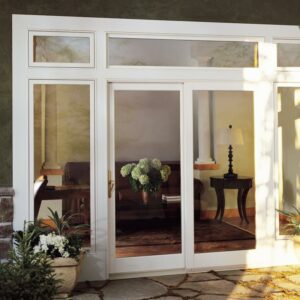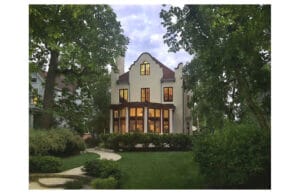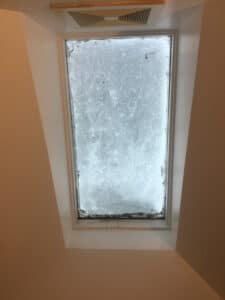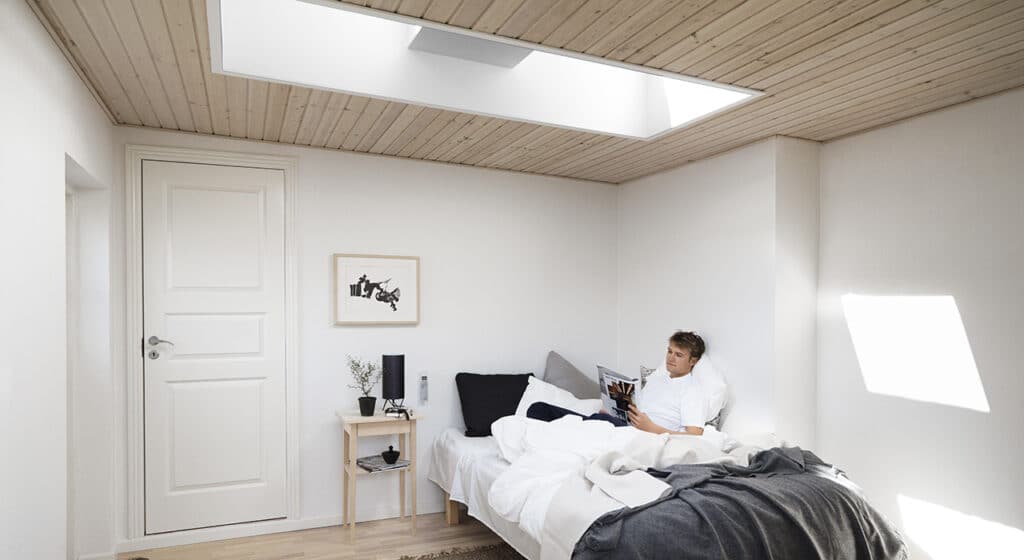
Skylights are an antidote to our long, dark cold Chicago winters when we tend to use more artificial light in our homes. Consider adding Velux skylights with high visible light transmittance (VT) for natural light while reducing the energy costs of keeping interior lights on throughout the day. VT doesn’t directly affect heating and cooling of your rooms, but it is a measure of how much light gets through the skylight into your home. A skylight with a high VT can be visually beneficial in winter for us humans, trapped inside our homes and starved for natural light.
Select glazing’s for maximum visible light
The amount of transmitted light into your home is influenced by glazing you select, the type, number of layers and coatings. Choose a home professional who can guide you through the tradeoffs of using different glazing’s to moderate temperature versus the visual light that will be increased or reduced. It’s a trade off, but depending on the conditions of the room the perfect solution will depend on the desired effect.
VT of glazing’s ranges from above 90 percent for water-white clear glass to less than 10 percent for highly reflective coatings on tinted glass. In the past, skylights that reduced solar heat gain also reduced visible transmittance. However new high-performance tinted glass with low-E (low-solar-gain) coatings make it possible to control for both factors. Thoughtfully designed skylight installations can result in reductions in electric lighting energy consumption.
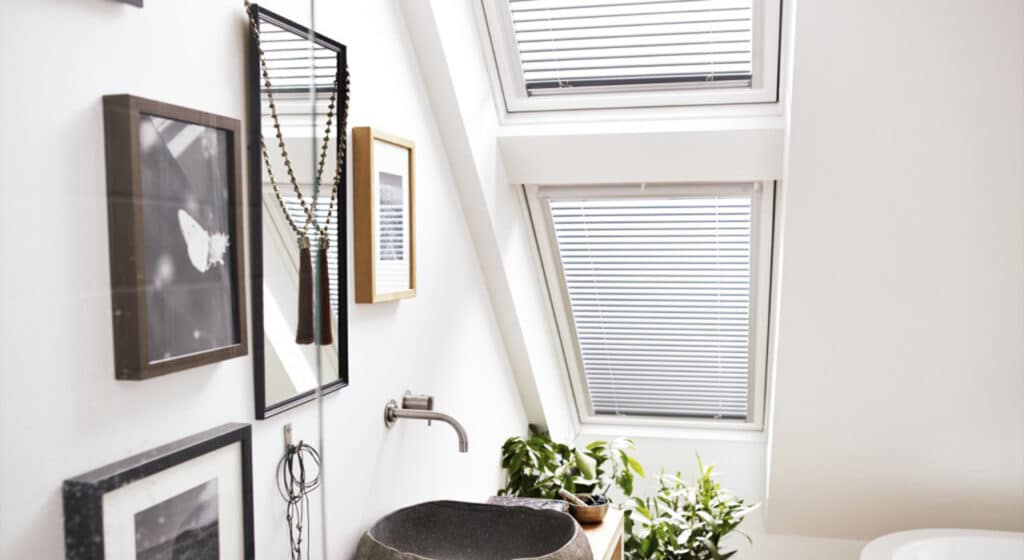
Improve your well being
There is growing evidence that daylighting, exposure to natural light, is linked to a greater well-being and productivity. Daylight is essential for our mood and is an important factor to consider when designing your home. Daylight helps to balance our 24-hour Circadian, our bodily rhythm, and is vital to our health. If you are considering adding skylights to your home, this is your opportunity to make optimal use of daylight.
A skylight can let in more light- of a consistent quality and brightness, even on cloudy days – than window alone can. Skylights can brighten the middle of the house and skylights can transform a staircase, entrance hall or landing. North facing rooms are the darkest as they get the weakest light intensity so that natural light from above will make a welcome difference.
Use thermal shades at night
To keep the heat inside your home, consider factory installed blinds with a built-in solar panel power source that provide some heat insulation and may qualify for a 30% Federal tax credit.
During the day you’ll get some solar heating from the skylight, especially if you make sure you get one with as high a solar heat gain coefficient (SHGC) as you can, while balancing the VT trade-off. SHGC is the amount of heat that’s absorbed through the skylight. The best solution we recommend is to use solar powered shades to help to keep your home warmer after dark. The shades can be closed at dark to keep the room’s warmth overnight.
Velux Skylights
Velux skylights, sun tunnels, and roof windows can take the darkest room and brighten it with natural light and reduce your winter electric bills because you don’t have to ‘keep the lights on’. Available in multiple designs, Velux products and qualified installers can accommodate multiple rooflines with a flat design that provides a sleek look. Depending on your needs, skylights also come as fixed with a pre-finished white wood frame or vented models with either a manual rod for opening and closing or a solar powered remote option.
Focus on designing the right skylight for winter, focus on the Visual Transmittance value in combination with the location in your home to optimize natural light all winter long.

